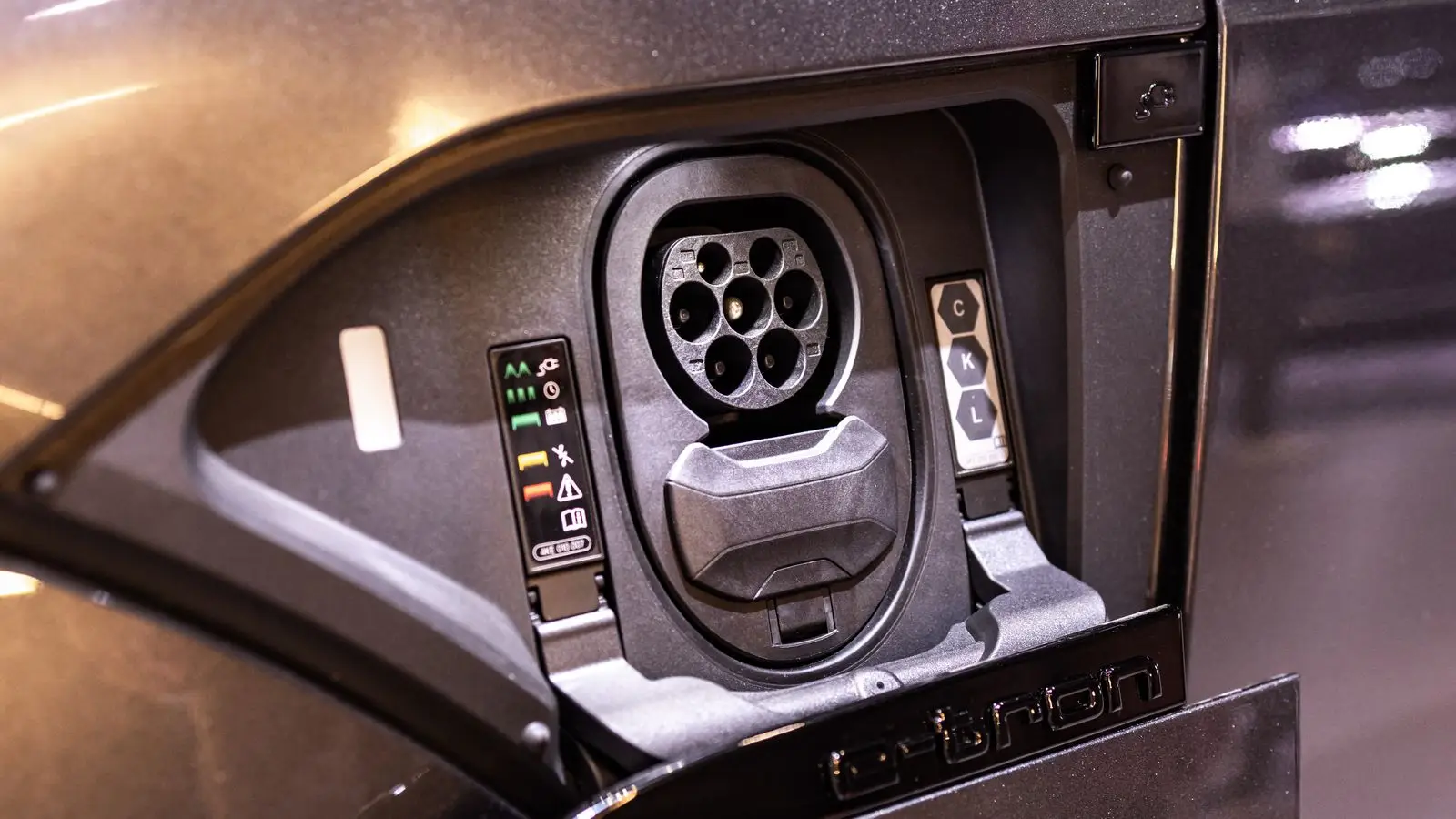Articles
Hybrids: A Vital Bridge in the Automotive Shift Towards Electrification

Amidst the electric vehicle boom, hybrids are making a strong comeback, offering a pragmatic solution for consumers not yet ready for full electrification.
In the rapidly evolving automotive landscape, the resurgence of hybrid vehicles is challenging the once-unquestioned ascendancy of electric vehicles (EVs). Despite the allure of a fully electric future, hybrids are proving to be more than just a transitional technology for many consumers. This shift reflects a broader trend in consumer preferences and market dynamics, where pragmatism and accessibility often take precedence over idealistic visions of technological adoption.
The decline in sales of iconic hybrid models like the Toyota Prius in the face of the electric vehicle boom seemed to signal the end of an era. However, recent market shifts have prompted a reassessment of the role of hybrids in the journey towards automotive electrification. With giants like General Motors, Ford Motor, and Volkswagen adjusting their electric vehicle production goals in response to slower EV sales growth, hybrids have emerged as a robust segment. In 2023, hybrids not only matched but exceeded the growth rate of electric vehicles, suggesting a significant portion of the American market is still transitioning towards full electrification.
The reasons behind this resurgence are multifaceted. High EV prices, concerns over charging infrastructure, and the practical limitations of current electric vehicles have led consumers to consider hybrids as a viable alternative. Hybrids offer the familiar experience of gasoline vehicles with the added benefits of improved fuel efficiency and lower emissions, without the need for extensive charging infrastructure. This is particularly appealing for those who cannot easily charge at home, such as urban dwellers and renters.
The price differential is a significant factor, with hybrids being substantially cheaper on average than their electric counterparts. This, coupled with a wider range of affordable hybrid options, has made them an attractive proposition for a broader segment of the market. The introduction of models like the redesigned Prius, which offers exceptional fuel efficiency at a competitive price point, exemplifies the market's response to consumer demand for affordable and efficient hybrid vehicles.
Automakers have taken note of these trends. Ford's strategic decision to increase production of the F-150 Hybrid while scaling back on certain electric models underscores a pragmatic approach to meeting consumer demand. The company's commitment to a diversified powertrain strategy highlights the ongoing relevance of hybrids in the automotive ecosystem.
This resurgence is not limited to American manufacturers. Japanese and Korean automakers, which dominate the U.S. hybrid market, continue to invest in hybrid technology. The success of hybrid models from Toyota, Honda, and Hyundai, among others, suggests a strong market appetite for vehicles that balance efficiency, affordability, and practicality.
The regulatory landscape and long-term environmental goals remain focused on electrification. Yet, the current momentum behind hybrids indicates a more nuanced pathway towards reducing automotive emissions. As automakers navigate the challenges of transitioning to a fully electric future, hybrids stand out as a critical component of the industry's evolution, offering a bridge between traditional combustion engines and fully electric vehicles.
The debate between hybrids and EVs often misses a crucial point: both technologies are vital in the shift away from less efficient internal combustion engines. As the automotive industry continues to evolve, the success of hybrids highlights the importance of flexibility, consumer choice, and the need for a pragmatic approach to achieving environmental goals. This trend underscores the complexity of transitioning to a greener future, where multiple pathways and technologies will likely coexist to meet diverse consumer needs and environmental challenges.
Ethan Brown
2024, Feb 05 08:03